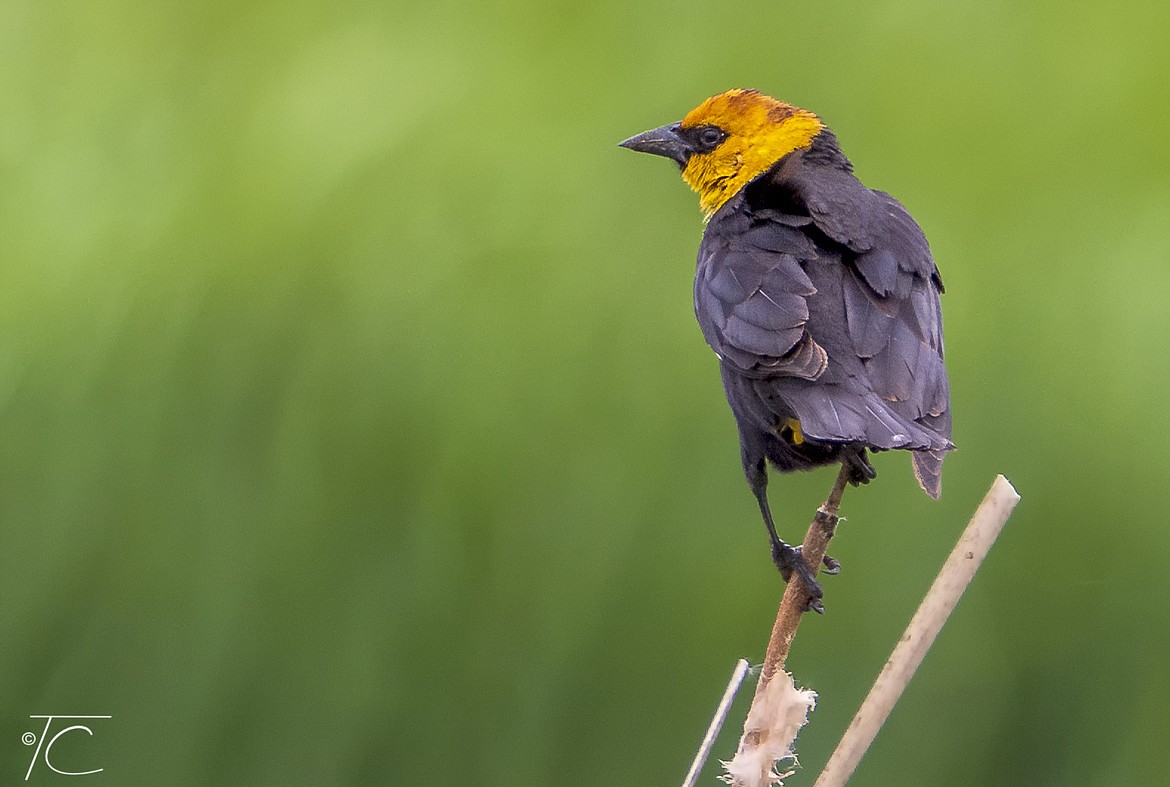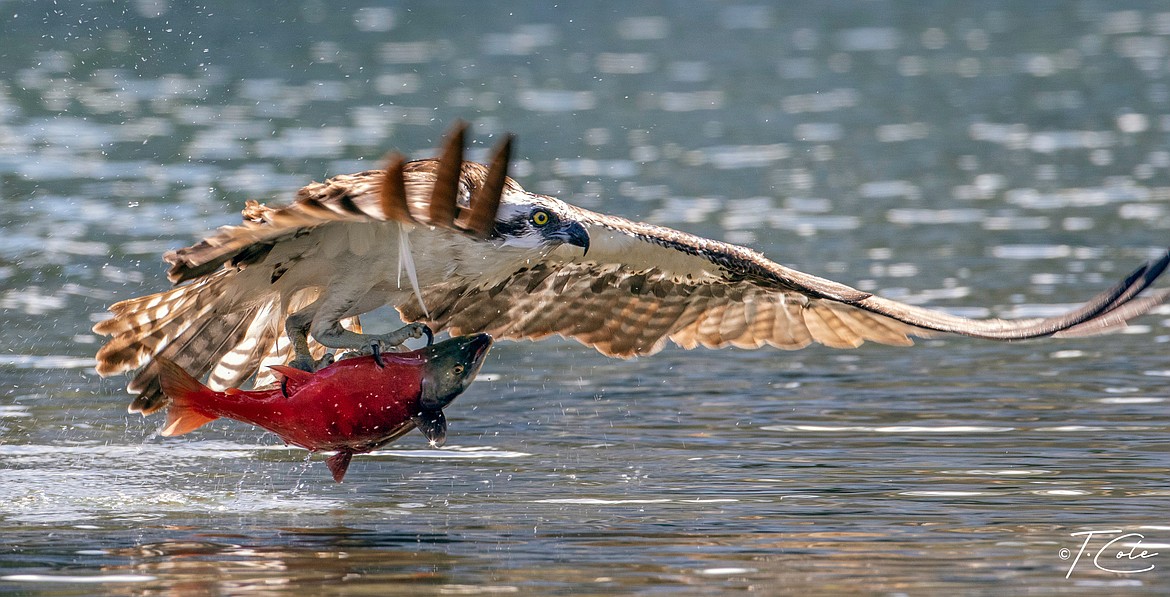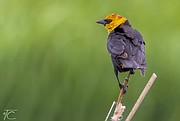Follow Idaho’s bird trail to Panhandle hinterlands
Tim Colquhoun shoots raptors.
He does it all year.
His weapon is a digital camera with a 500mm lens, and to prevent others from invading his North Idaho picture-hunting premises, he is hush hush about where exactly he goes to find the birds he shoots.
“A couple of weeks ago near Coeur d’Alene, I followed a pair of mating kingfishers around,” Colquhoun said. “They are hard to get close to.”
He took some shots of the birds near a nesting hole.
He admits spending a lot of time carrying his big lens around Fernan, Hauser and Coeur d’Alene lakes.
“Mainly Fernan,” he said.
Colquhoun, like many birders, knows that springtime is bird time in North Idaho, and because the hinterlands are sparsely populated they are a good place to get out — and get into.
Idaho’s 2,000-mile statewide birding trail happens to meander through some of North Idaho’s best hinterland birding areas, and it remains, even a decade since its inception, one of the state’s best-kept birding secrets.
The trail, which includes back roads that traverse rivers, skirt lakes and marshes and cover several wildlife management areas, features over 170 birding sites statewide. Maps are included on the Idaho Fish and Game website. To access trail guides, type “birding trail” in the search box.
A map of the nearby Cataldo birding area east of Coeur d’Alene includes birdwatching stops at Old Mission State Park, The Canyon Road and Hayden Creek.
McArthur Lake north of Sandpoint is among few places in North Idaho where biologists count migrating waterfowl.
Wildlife manager Evan DeHamer said birds by the thousands began showing up at McArthur this month.
“During the spring waterfowl survey … biologists observed nearly 2,600 birds and 13 different species,” DeHamer said. “Northern pintails were the most numerous … mallards were a distant second.”
Biologists counted 1,300 pintails — once a species that was considered threatened — 450 mallards and 160 American wigeons. The wigeons, with their distinctive green eye flare, are an unusual find.
“It is a fairly uncommon bird to see in this area,” DeHamer said.
Biologists also counted 430 tundra swans and “a handful of trumpeter swans also graced the lake this year,” he said.
The birding trail was developed as part of Fish and Game’s Watchable Wildlife Program, a non-game program meant to educate and bring appreciation for Idaho’s wildlife.
Although Colquhoun considers himself a raptor guy, he shoots small birds too.
Earlier this month he snapped a golfball-size, turquoise bird that flits quickly in any direction as it chases bugs.
The violet green swallow is a rare find.
“It’s like trying to photograph a dang bat,” he said.
The bird trail’s 90 to 95 sites in the Panhandle include areas no larger than a few linear miles.
“It’s a good time to be out there right now,” Kiira Siitari of Fish and Game said. “There are a lot of areas to go to, and none of them are crowded.”
Bring binoculars and lunch. Packing a bird guide is a good idea, too.
•••
Ralph Bartholdt covers outdoors, police and courts for The Press.









